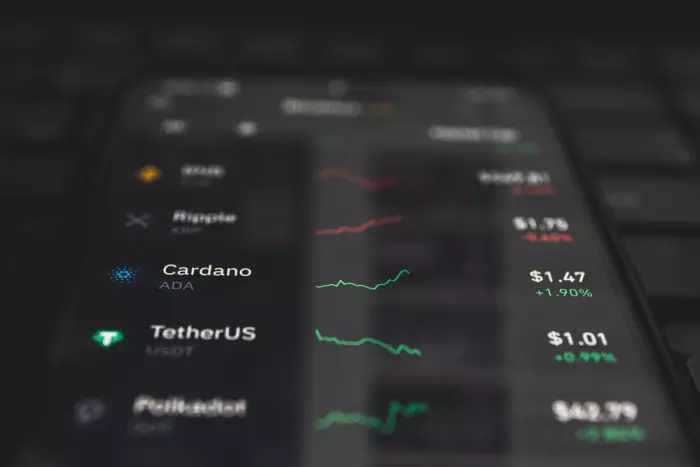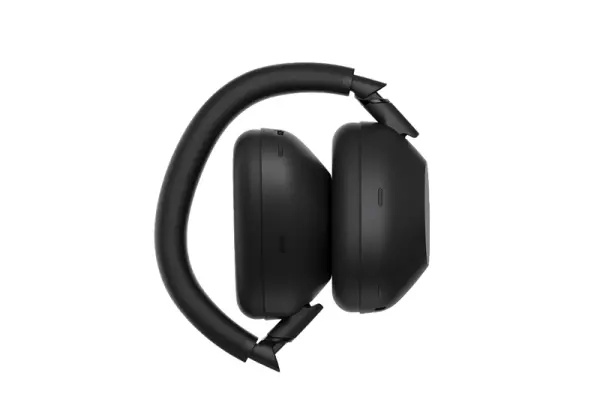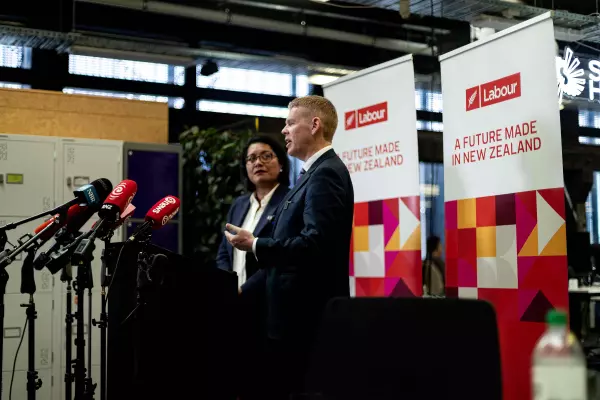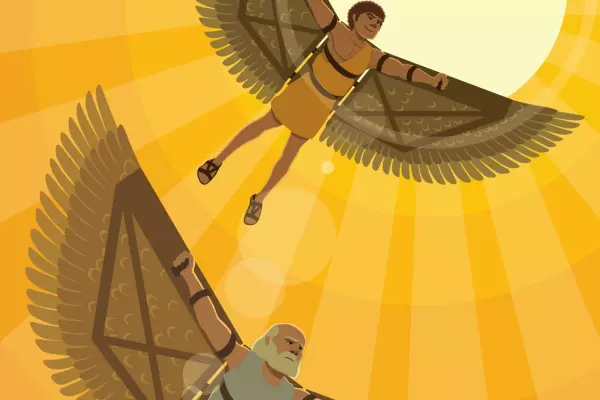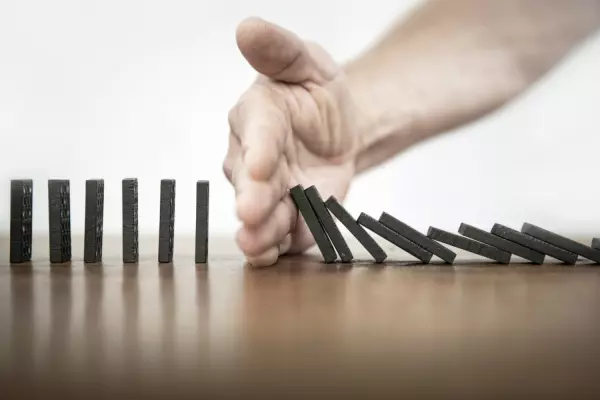On Monday, I watched a Zoom conference call where all the attention was on a man sitting in his Colorado home office dressed in a Ghost Busters costume.
Charles Hoskinson, the founder of blockchain platform Cardano, was in an ebullient mood. After four years of highly technical work, his team had just successfully completed the ‘Alonzo’ hard fork upgrade to Cardano, giving it the ability to offer smart contracts.
If you're wondering what a 'hard fork' is, it's blockchain geek-talk defined as "radical change to a network's protocol that makes previously invalid blocks and transactions valid".
So this is a big deal.
It makes Cardano, which also serves as a cryptocurrency, suitable for a range of new services such as decentralised finance (DeFi) and non-fungible tokens (NFTs). These are ways of doing business that rely not on centralised intermediaries, such as banks, governments and art brokers, but vast distributed ledgers running on millions of computers.
Cardano’s value as a cryptocurrency has surged around 2,500% in the last year to give its ADA coin a market capitalisation of nearly US$80 billion.
That puts it third behind crypto market leaders bitcoin and Ethereum.
With the Ghost Busters suit, Hoskinson, who at 33 has an estimated wealth of US$500 million, the vast majority of it in the form of the cryptocurrency he helped create, was making a point.
Hoskinson was one of the early developers of Ethereum but was ejected from the project by founder Vitalik Buterin over a disagreement about its future. Despite a stellar rise from obscurity, Cardano has faced a wall of what Hoskinson describes as FUD – “fear, uncertainty and doubt” – as advocates of rival blockchain systems talk up their relative technical strengths.
Some back Solana, another rising star, others Polkadot, Avalanche, Binance or Ripple. What muddies the water is that such discussions are about money as much as technology.
The blockchain systems that gain the most support and adoption will see their cryptocurrency value increase – sometimes rapidly and massively. The cryptocurrency world is shark-infested waters, full of speculators trying to make a quick buck and boosters keen to exploit the FUD to their own ends.
Then there are HODLers like myself, holding on for dear life through the crazy market volatility in the hope that our crypto investments will reflect the value that comes with a better way of transacting business.
Ethereum’s emerging rivals
There’s general consensus that Ethereum, to date the platform that has underpinned decentralised finance services, has struggled to scale to meet demand, resulting in high fees and slow transaction processing.
But it already has massive adoption, and technical enhancements are under way, including a planned move away from the “proof of work” system that requires powerful computers to mine blocks on the chain, something that has a major environmental impact given the power those computers consume.
Bitcoin will undertake its own upgrade later this year enabling it to better support smart contracts. It means that we now have a handful of large players and numerous minnows that between them offer credible options for DAPP (decentralised app) developers. The competition between these camps is a good thing: it is driving innovation.
The maturing of crypto also means that we are unlikely to see a Betamax vs VHS-style war play out where one massive winner takes all. There is room for a range of blockchains to exist – and coexist.
Hoskinson compares it to wi-fi networks. No one thinks about what technology runs the network that gives them internet access. They just plug in a password and start surfing.
"You're not asking 'is this a Samsung router? Is this an Apple router?' and my hope is, that's what's going to happen in the industry, where Cardano is infrastructure, Ethereum is infrastructure, bitcoin is infrastructure," he said recently.
The infrastructure is falling into place. Also emerging are so-called ‘oracles’, which allow blockchains to easier interact with data and traditional systems, smoothing the way between the old and the new.
The key now is building communities of app developers to create the layers on top of the blockchain that will be useful to us as regular users, buying and selling things, sharing information, or dealing with government agencies.
Locally, decentralised apps such as Glorious, the platform that former All Black Dan Carter has invested in to facilitate the sale of digital artworks as NFTs, inherently seek to avoid society’s large institutions, such as banks or the government.
Lately, however, the value of being able to interact with them on the blockchain has become recognised as crucial to the ecosystem’s success. For that to happen, laws may need to change to facilitate smart contracts.
Meanwhile, Parliament's finance and expenditure select committee is currently sifting through submissions on its inquiry into cryptocurrencies, which kicked off in July. That work will hopefully pave the way for regulatory change required to encourage the development of crypto schemes as well as the introduction of a sovereign digital Kiwi dollar.
E-voting on the blockchain – why not?
Eventually, most New Zealanders will be oblivious to the fact they are transacting on the blockchain. We’ll just see the usual app interfaces we are familiar with, but hopefully enjoy faster transaction times, greater security and lower fees. However, a game-changing “use case", as they call them, would give the whole field some much-needed momentum.
BlockchainNZ, the body that represents blockchain developers locally, suggests we think big and put the next local government elections, scheduled for October 2022, on the blockchain.
NZ’s 2019 local council elections experienced some controversy due to the lack of finality and reliability surrounding the counting of paper votes,” BlockchainNZ’s John Mackey points out.
“A blockchain technology voting solution puts voting power into the hands of voters, by way of a mobile device and provides a high level of transparency that builds trust with voters, while preserving their privacy and security.”
A trial of local government e-voting on the blockchain is the sort of project that would give the technology a much-needed boost here where we’ve frankly been lagging other countries on developing its potential.
“Goddam, this Gordan & McPhail whiskey is good, 38 years old, 1983, how about that?” Hoskinson said at the end of his Zoom call, a tumbler of the amber liquid in his hand.
Hoskinson seemed oblivious to the fact that the top-shelf whiskey is older than he is. The new crypto king has a clear eye to the future.
He signed off: “Imagine what power this community is going to have in five years and 10 years as we set our sights on changing the systems of the world.”
Disclosure: Peter Griffin holds cryptocurrency investments including bitcoin, Ethereum, Cardano and Waves.


